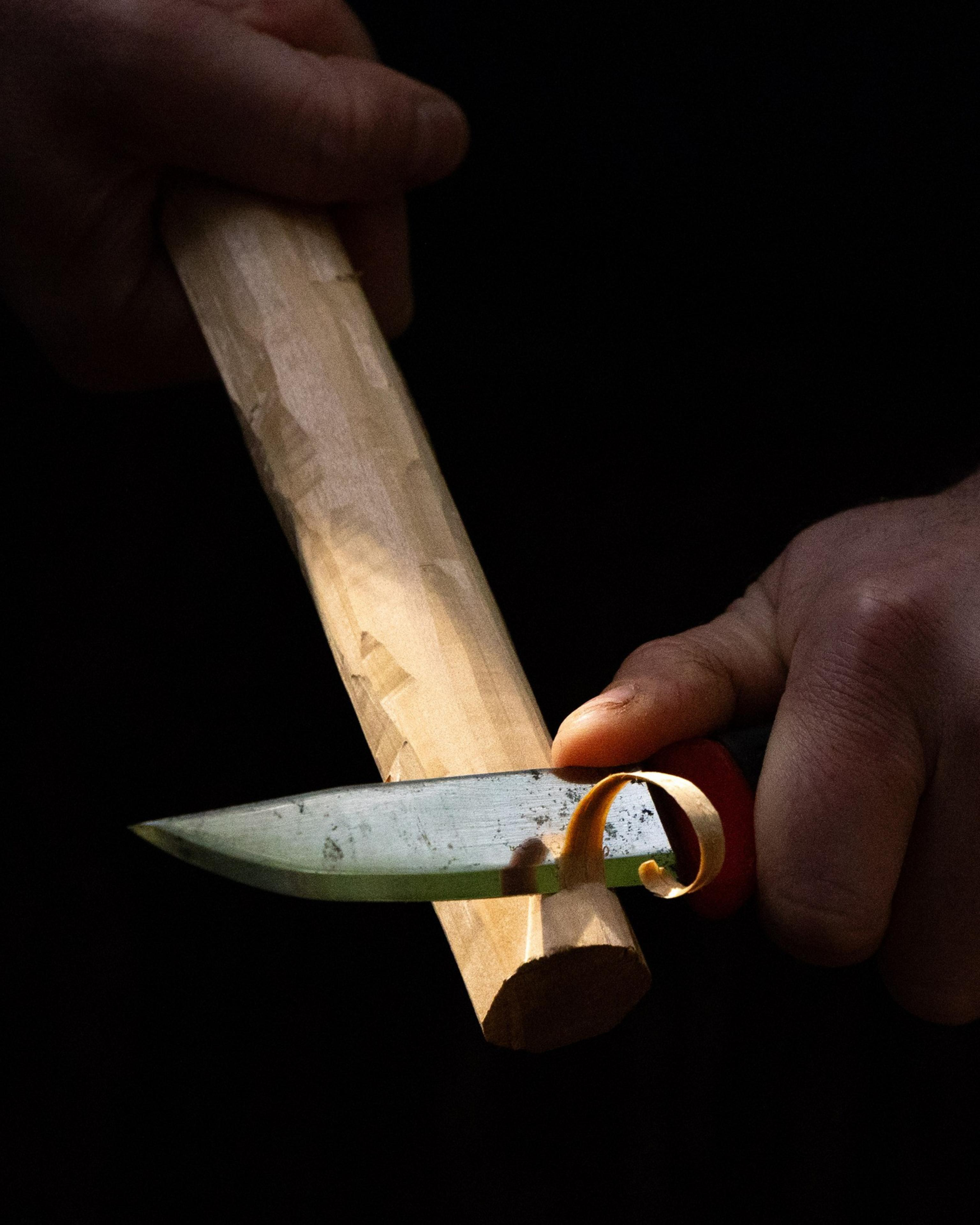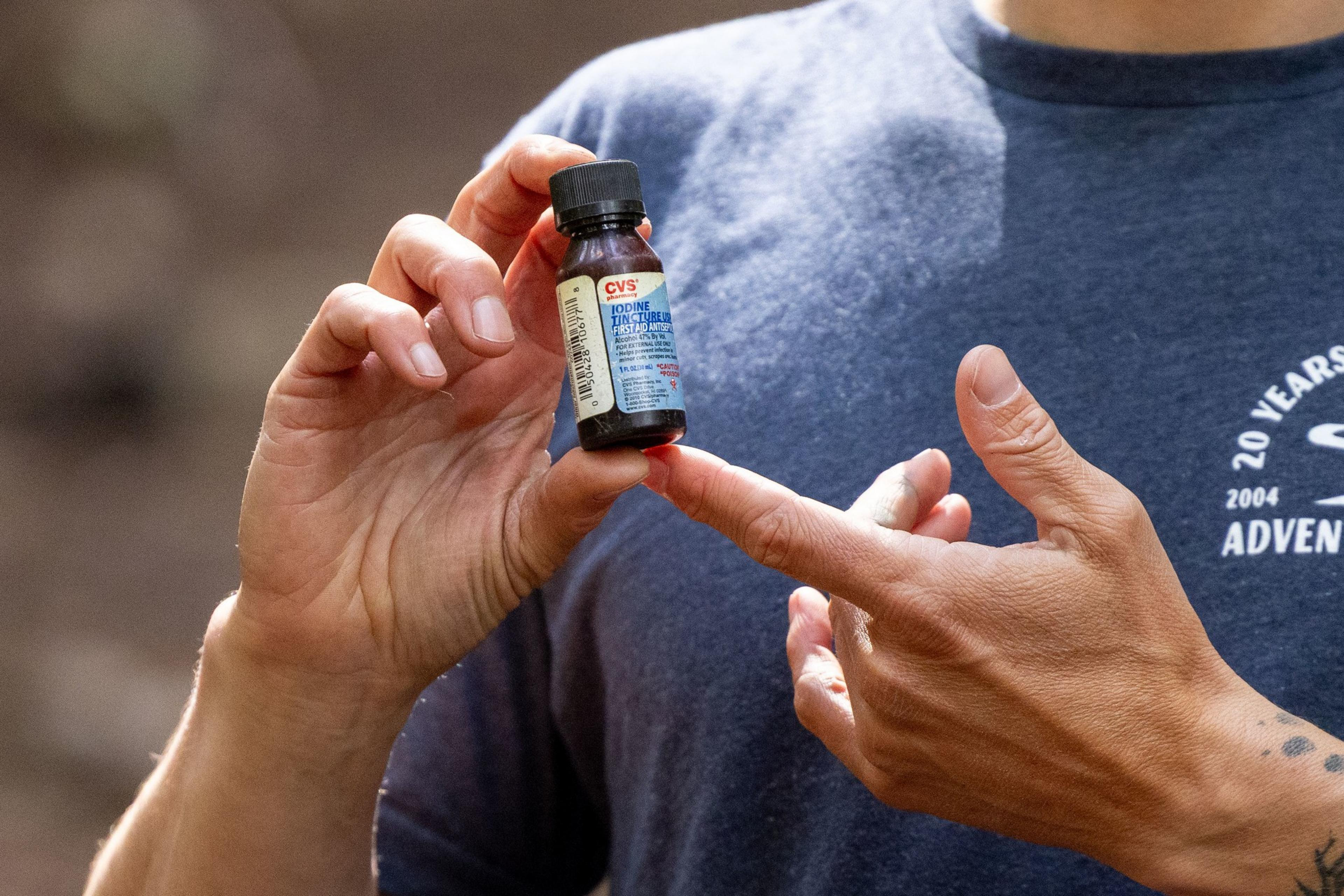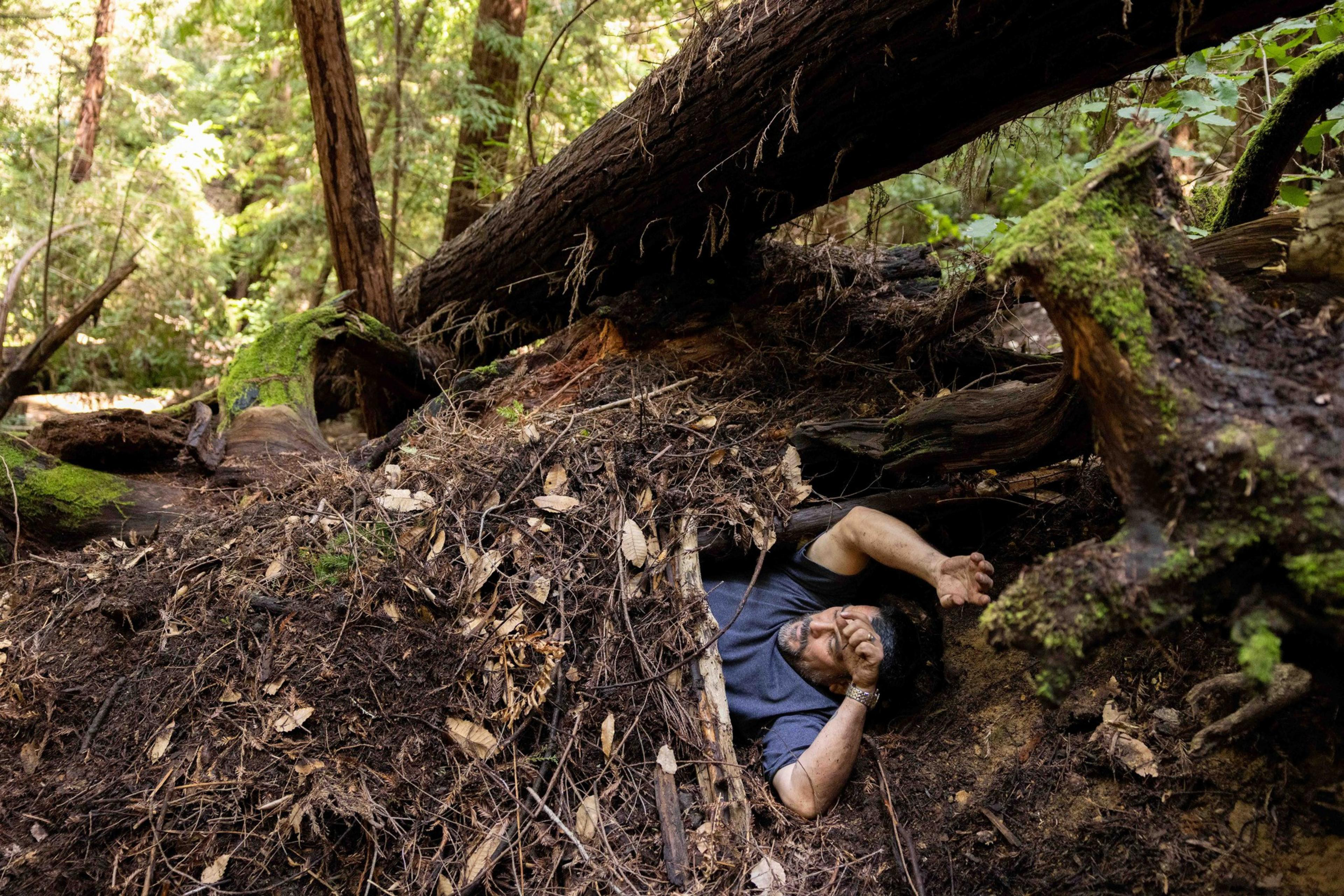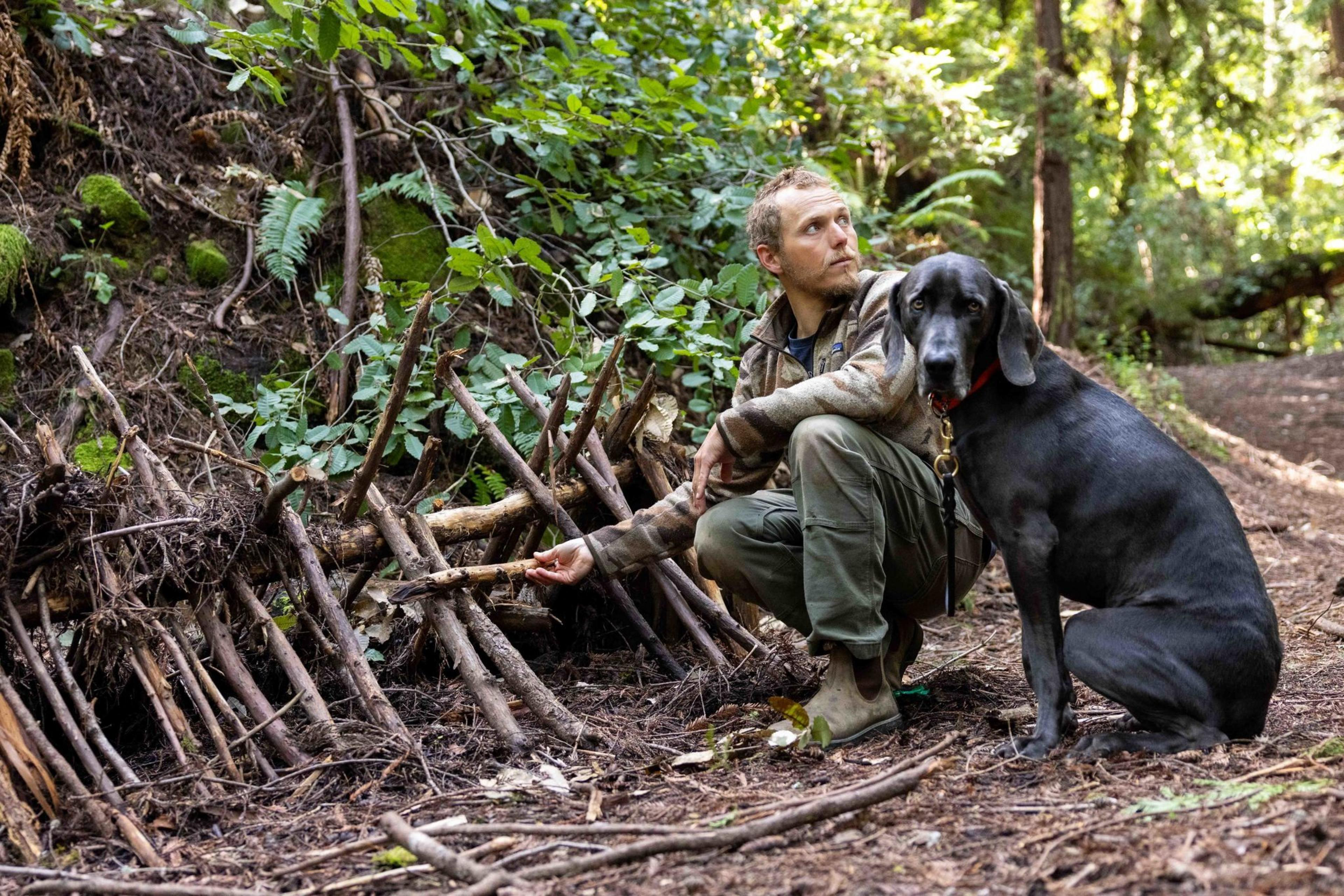First came the tsunami alert, soon followed by San Francisco’s first-ever tornado warning. Then, fires started engulfing L.A., and SF shuddered from a trio of earthquakes. Soon after, President Donald Trump started demolishing strategies (opens in new tab) to combat climate change (opens in new tab) and ripping away people’s rights (opens in new tab).
You don’t have to be a doomer to suffer from a feeling that civilization is teetering on the edge lately. I, for one, have been thinking about the apocalypse, and I’m not alone. A subreddit focused on societal collapse (opens in new tab) has more than half a million members. There’s even a separate forum functioning as a support group for those left too despairing by the first.
Silicon Valley’s elite plan to ride out the end times in relative peace from their massive compounds in Montana or New Zealand, replete with underground swimming pools, (opens in new tab) helipads, (opens in new tab) and blast doors (opens in new tab). But I’m a regular person in a rented apartment. I doubt my landlord would let me put in a helipad, and I’d rather not have to kill the pilot (opens in new tab) anyway.
But I have taken some less extreme precautions to calm my jitters. My boyfriend and I have our bright red “emergency survival kit” stowed away in a closet, and last year I spent six weeks completing San Francisco’s free Neighborhood Emergency Response Team (opens in new tab) curriculum, where I learned strategies for helping myself and others when the Big One hits.
Still, I felt unprepared in the face of what feels like ever-worsening odds. Which is how I found myself, on a recent Saturday, lunging over a makeshift bow in the Santa Cruz mountains, desperately trying to conjure flame.
“You might get fire today, but you’ll have to earn it,” warned Jack Harrison, an instructor in the Adventure Out wilderness survival course I was attending. Emphasis on “might,” I realized, as the blisters rose on my palms, with only a faint wisp of smoke to show for it.
Bay Area-based Adventure Out (opens in new tab) saw first-quarter bookings for its survival classes swell about 40% from the same period last year — reflective of a phenomenon that’s been termed the “doom boom (opens in new tab).” Founder Cliff Hodges attributes the rush to a combination of “cultural, political, and environmental” factors, ranging from natural disasters and Trump’s reelection to the growing popularity of survival TV shows like “Naked and Afraid.”
(Unfortunately for his team, the swell in sign-ups has plummeted recently with the wild swings in the stock market. “It seems consumers have cut off an enormous amount of discretionary spending,” he said. That’s right: Even preparing for the worst has gotten too expensive.)



Adventure Out’s curriculum boils down to helping attendees game out “how they would survive if they were out there with nothing,” Hodges said.
“A deer doesn’t walk into the woods and go, like, ‘Holy shit. Where am I gonna find my food?’ No other animal does what we do, which is to go out into the woods and panic.”
It’s also true that no other animal huddles over pieces of wood for an hour with no result. “You have to go slow and really work on the technique,” Harrison instructed my classmates and I. “There’s no forcing it.”

The idea that survival skills take practice became a mantra during the class.
In addition to starting fires, we students spent about five hours learning how to make shelters out of sticks and debris, find water, and forage for food. Although we were setting ourselves up to have better instincts in a survival scenario, the only way to know whether a debris shelter will keep you sufficiently warm is to actually spend a night shivering in it, Harrison admitted.
The survival “rule of threes” — namely, that you can withstand three weeks without food, three days without water, and three hours without shelter in harsh conditions — meant that the stakes for creating our thermo-regulating forest nests were high. No good sticks? Harrison recommended a “Sasquatch sleeping bag”: snuggling under several feet of leaves, with another blanket of debris beneath you.
Similarly, though we discussed foraging, he acknowledged that deeper research, like studying indigenous plants (as well as any deadly lookalikes), would be key to finding enough to eat.
“If you’re gonna eat watercress, you gotta know what poison and water hemlock look like,” Harrison said. “If you don’t know the difference, you could die. And people do every year.”
(Fun fact: Both have green compound leaves, white flowers, and grow in wet marshy areas. One is a nice peppery addition to salads, and the other will lead to respiratory failure.)
Turns out, classes that teach how to avoid that confusion are in high demand, according to Christopher Mackessy, cofounder of Trash Panda Permaculture, which leads lessons on edible weeds, mushroom foraging, and making tinctures out of medicinal plants. Its courses have seen surging interest, too.
“The most recent political, social, and ecological chaos has absolutely had an impact” on how quickly Trash Panda’s classes sell out (opens in new tab), Mackessy said.
His courses have always appealed to students of varying backgrounds, from hardcore botany enthusiasts to the homesteader contingent, but he’s “absolutely” seen an increase lately in apocalypse-leaning types, he said.
He describes them as the “I’m trying to survive when the world ends” people — those who tell him, “I’m here because if things go bad, I’m trying not to die.”

My classmates in the Adventure Out lesson had reasons for being there that were less panicked and more prosaic than my own. One couple loved survival TV shows like “Alone.” A nurse who camps frequently wanted some peace of mind. The lone teenager was prodded by his father, who’d also taken him to a shooting range and signed him up for other “random classes.”
While I didn’t successfully spark a flame in class, raw hands be damned, taking Adventure Out’s course succeeded in loosening the knots of my existential stress. One of Harrison’s notes that stayed with me was that humans were never meant to survive in the wilderness alone.
“Living in the woods or off the land is a community job,” he said. I’m much more likely to use my skills from NERT or Adventure Out alongside others, rather than solo.

As we peppered Harrison with questions about our makeshift shelters, whittling techniques, and the best way to drink from a stream (answer: just stick your whole face in the water), he reminded us that in real survival situations, it’s key to slow down and take deep breaths.
“Our rational thinking doesn’t work when we’re panicking,” Harrison said.
That’s just good advice, regardless of whether I’m lost in the woods or doomscrolling social media before bed. Sure, it might not be a cure to that existential pit in my stomach, but that’s what the next survival class is for.
